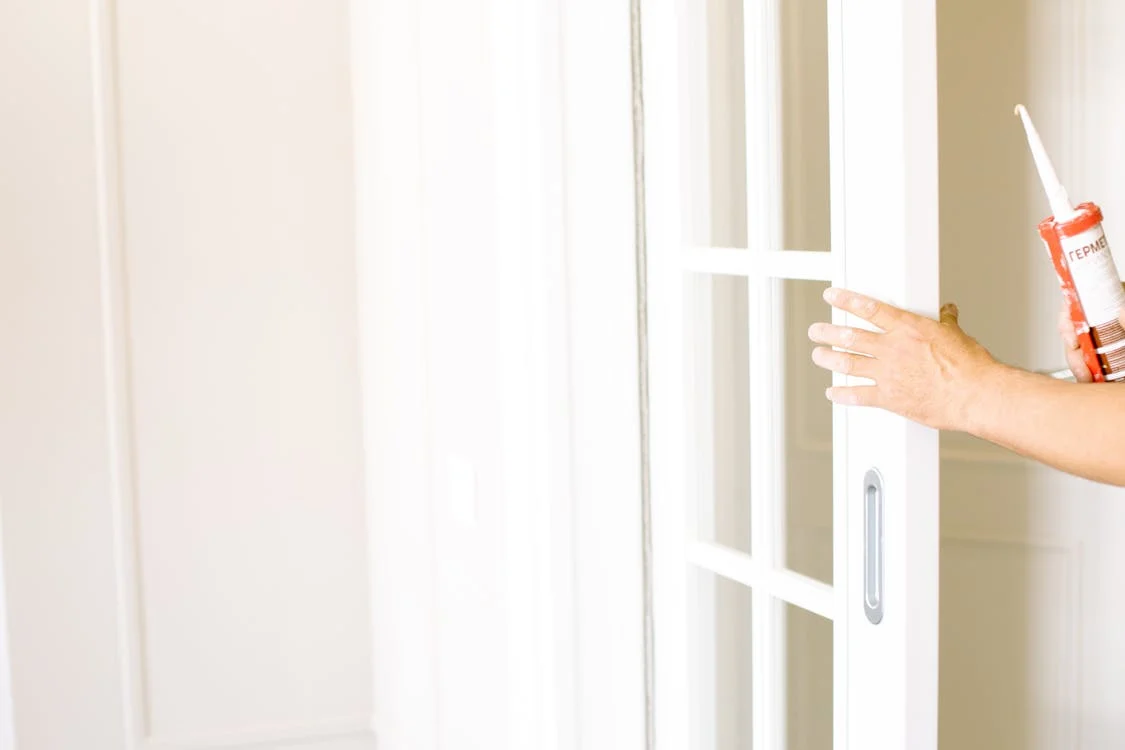By using our website, you agree to the use of cookies as described in our Cookie Policy
a
Rss Feed
6 Tips for Moving Furniture to Your New Home
A new home is never considered a home if it does not have any furniture.
Without beds, tables and chairs, dressers, cupboards, and other furnishings, you won’t have the items you need to live comfortably in your new home.
You also won’t have the essential fixtures that’ll make your house or apartment a substantial and functional unit. Additionally, your furniture has the vital role of creating a flow of space in your home.
Lastly, the presence of furniture is an integral part of residential interiors. They bring out and enhance the overall style and look of your new home.
Since furniture plays different vital roles in making your dwelling comfortable, appealing, and complete, when moving homes, you have to ensure your current fixtures remain in good condition and arrive safely with you, ready to be set up as you start organizing your new house or apartment.
Moving Furniture Safely and Efficiently to Your New Home
A leading provider of furniture moving services shares below the best tips for preparing your furnishings for a move and ensuring they remain functional, appealing, and integral pieces of your new home:
1. Choose which furniture to move.
Since you are starting anew, it does not make sense to bring all your current furniture to your new place. Some may clash with the interior, while others may be too old and worn that they won’t look good in your new home.
As such, the first thing you have to do when preparing your furnishings for a move is selecting which ones to take with you.
Evaluate your furniture to check which ones still look great and have no major damage that affects their functionality. If you have already seen your new home, think carefully about which pieces you might not need, since the house or flat already has them or they might not work with the interior.
Once you have selected the furnishings you should bring, create an inventory. Additionally, consider the time you need to disassemble and prepare them for the move.
With these details, create a timetable for preparing your furniture. For instance, you can start disassembling your home office desk and preparing dressers a few weeks before your move.
However, you have to take apart and prepare the beds hours before moving day.
2. Decide where to put your furniture beforehand.
If you have the chance, before the day of your move, visit your new home to decide in advance where to put each piece of your furniture. Also, if possible, get a floor plan of the house or apartment with the correct measurements of each room.
Once you have this, measure each of your furniture. Before finalizing your layout, ensure the furnishings you want to put in each room will fit in.
Before moving day, sketch a floor plan and add in the details of where you want to put your furniture.
This floor plan will help you and your movers place the furniture in the correct spot without having to touch them again.
If you won’t be at your new home when your movers arrive, tape a copy of the plan on the walls of each room, so they will know where to put all the furnishings correctly.
3. Know the measurements of the doorways, hallways, and staircases of your new home.
Knowing how tall and wide doorways, hallways, and staircase, if any, will help you greatly in making moving your furniture less stressful.
When relocating, a good rule of thumb to remember is to always keep furniture in one piece if it will fit doorways and hallways and staircases and lifts, if any, and it is not too heavy to carry and move.
By keeping some furnishings in one piece, you ensure they won't get damaged during the move.
The official floor plan of your new home includes the exact measurements of these features. If you don’t have this document, you have to measure the doorways, hallways, and staircase before your move.
This tip can help you save plenty of time in preparing and moving your furniture.
4. Prioritize protecting furniture when packing them.
Chair legs and the corners of sofas usually get scratched when brushing up against walls in tight spaces and when going up and downstairs. To avoid damaging your furniture during the move, use bubble wrap and other protective materials to protect them.
Double the protection by putting padding on the corners of wooden items and other areas or parts that can be easily damaged. Another option is to use Styrofoam or soft padding materials such as pillows and quilts.
Moving blankets are also handy protective tools. Use them to cover and protect the fragile edges of your tables, chairs, dressers, and cabinets.
When using moving blankets, ensure you secure them tightly with plastic wrap and adhesive tape.
5. Secure movable parts of furnishings.
Use packing tape to secure the moving parts of cabinets, tables, dressers, and other fixtures. These include doors and drawers.
By doing so, you will reduce the risk of these items being damaged or lost while in transit.
Ensure these parts are empty before sealing them with packing tape. If they are fragile or simply want to give them additional protection, wrap them with plastic stretch wrap or furniture blankets. Secure them with packing tape as well.
Consider removing the drawers and doors entirely or some furnishings to guarantee they remain intact while in transit.
6. Ensure you don’t lose removed parts.
For disassembled furniture, place removable small parts, including screws and bolts, in Ziplock bags and tape them to the underside of larger pieces. Do the same for parts that can’t fit into bags.
However, make sure you don't secure them in areas that could be damaged when you remove the tape.
If the furniture has plenty of removed parts, number each one to ensure you don’t lose any.
Lastly, if you still have the assembly instruction books that came with the furniture, secure those to the underside of certain pieces. If this is not possible, pack them in a separate box with the other manuals you have.
All these tips will make it easy for you or your movers to assemble your furniture, enabling you to use them and feel more comfortable in your home faster post-move.
Preparing furniture for relocation and moving them is never easy. But you don’t have to go through the entire process alone.
Ask your movers if they can help you with the whole preparation process to ensure they are packed properly and ready to be assembled and organized once you arrive in your new home.
AUTHOR BIO:
Praful Gupta is the Business Head for Asset Mobility at Writer Relocations, India’s premier mobility services company that handles all types of moves: International & Domestic Relocations, Office Relocations, Commercial Move Management Services, Hospitality Logistics, Fine Arts Logistics, Orientation Services, and Storage Solutions. Headquartered in Mumbai, Writer Relocations has presence in 7 countries and operates in more than 190 countries.
‹ Back






.png)

Comments